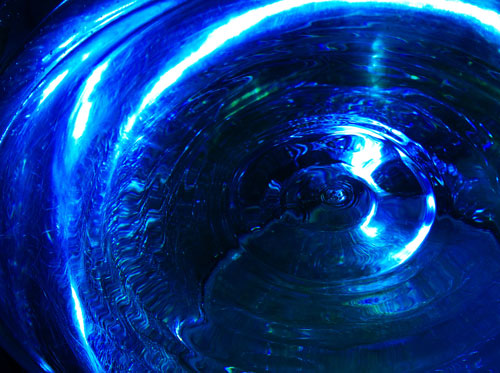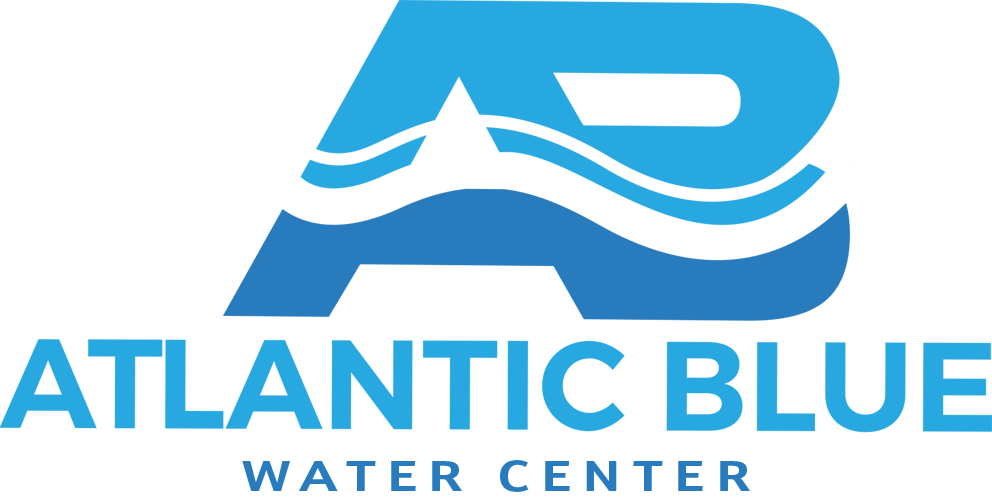A UV system uses ultraviolet radiation to sterilize drinking water. UV systems are among the most effective tools for sterilizing drinking water and killing off
pathogens. Fortunately, a free water test conducted by our experienced lab technicians is one of our many water services, and it will help you determine the best water treatment solution. If the test shows pathogens in your drinking water, a UV system is a great solution.
Viruses and bacteria are very hardy. Some viruses and bacteria thrive in water, including your drinking water. Unfortunately, if your drinking contaminated water, there’s a risk that you’ll fall sick. In fact, contaminated drinking water has been responsible for some of the biggest outbreaks of disease in history.
In 1854, for example, over 600 people died from the Broad Street cholera outbreak in London. A physician by the name of John Snow realized that cholera was spreading through a single well found on Broad Street. At the time, physicians didn’t even know about viruses or bacteria.
Yet Snow realized that the disease was spreading from the well. Snow ended up having the well shut down and the cholera outbreak quickly subsided. Of course, that outbreak is ancient history and drinking water quality has improved greatly since.
Cities now use their own methods to sterilize water. Chlorine, for example, is often added to water because it kills off pathogens, including viruses and bacteria. So are pathogens no longer a concern?

Water-Borne Pathogens Are Still a Serious Threat
While the risk of contracting an illness through drinking water is less now than in the 19th century, it’s still a serious concern. Just about everyone has heard about the Flint lead crisis. Did you know that Legionnaires disease, which is caused by the bacteria Legionella pneumophila, also killed countless people?
The World Health Organization estimates that roughly 2 billion people drink water contaminated with bacteria, viruses, and other pathogens. Most of these people are located in developing countries with poor public water infrastructures. Still, people in the United States and other developed countries can be exposed to pathogens.
Fortunately, ultraviolet systems can be used to kill off bacteria and viruses found in drinking water. Wondering how a UV system works? Let’s dig in.

Using a UV System to Kill Pathogens in Water
A UV water system exposes water to high levels of germicidal ultraviolet wavelengths. A UV system works similarly to a lamp. Flick a switch and the light, or in this case ultraviolet rays, come to life. UV light disinfects water without requiring chemicals and the like.
UV light has a very short wavelength. It’s efficient and effective at transferring energy. As the UV light transfers energy to viruses and bacteria, it inactivates them. UV light even destroys the genetic material of the viruses and bacteria. This means UV light can even kill pathogens that are resistant to drugs and the like.
Once this genetic material is destroyed, the bacteria and viruses can no longer replicate. Since the pathogens cannot reproduce, they can’t readily infect people.
The CDC has found that UV light is “very effective” at destroying:
- Bacteria, including Salmonella, Shigella, and E. coli.
- Protozoa, including Cryptosporidium and Giardia.
In addition, UV light is “highly” effective at killing viruses. UV light does not, however, remove chemical contaminants. That’s why many people combine UV light treatment with a reverse osmosis water filtration system, which can effectively remove many chemicals.
Contact Atlantic Blue Water Center Today
UV light filtration systems are very effective at killing pathogens in drinking water. At Atlantic Blue Water Center, we have a state-of-the-art water testing laboratory that will test your water for contaminants that may be lurking. This water test is free and will determine the best water treatment solution for your water, such as a UV system. For more information or to schedule a free water test, please call (410) 840-2583 or fill out our online form.
